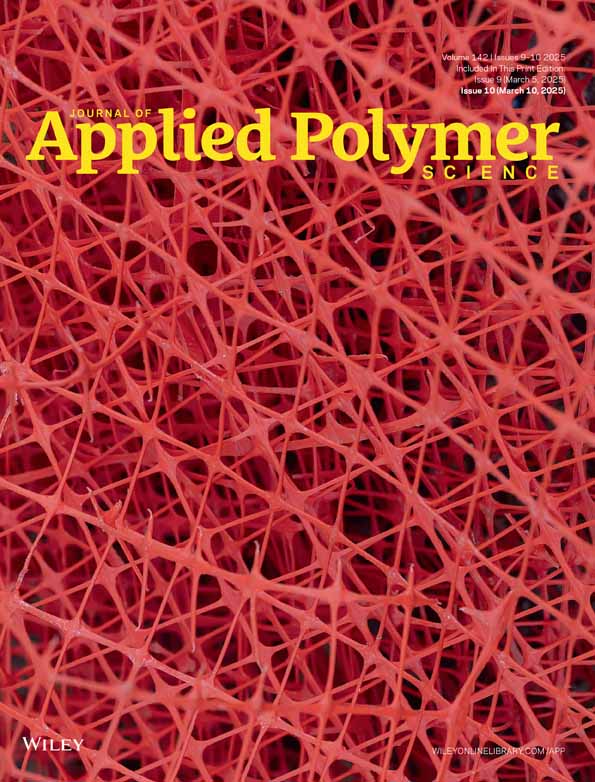The Upcycling of Polyester Fabric for High-Performance HDPE/WPET Composites via Solid-State Drawing
Funding: This work was supported by the National Natural Science Foundation of China (52103123), the Tianfu Yongxing Laboratory Organized Research Project Funding (2023KJGG11), Sichuan University Student Innovation Training Program (C2024131757), and the Fundamental Research Funds for the Central Universities (2023SCUH0008).
ABSTRACT
Polyester is the most widely used synthetic fiber globally. However, recycled products from waste polyester textiles (WPET) often suffer from poor performance and low value. This paper introduces solid-state shear milling technology (S3M) to transform WPET into ultrafine fiber powder with a high aspect ratio, followed by solid-state drawing processing producing to produce high performance HDPE/WPET composites. Compared with the pure high density, the flexural strength of WPET with 15% content increased to 24.94 MPa, while the tensile modulus and flexural modulus increased to 507 and 798 MPa, respectively, and the prestretched sheet with good performance was prepared. At a solid-state drawing ratio of 6, the composite exhibited an impressive tensile strength of 116.8 MPa, representing a 600% increase compared to unstretched samples. Additionally, the in-plane thermal conductivity reached 2.89 W/mK, which was 438% higher than unstretched samples. SAXS and 2D-WAXD analyses demonstrated that high solid-state drawing enhanced the orientation of WPET fibers and HDPE, forming an oriented structure. This led to composite crystallinity and orientation levels of 63.7% and 93%, respectively. This study has represented a novel approach to producing high-performance functional products from dye-containing polyester fabrics without requiring separation or physical recovery processes.
Conflicts of Interest
The authors declare no conflicts of interest.
Open Research
Data Availability Statement
The data that support the findings of this study are available from the corresponding author upon reasonable request.




